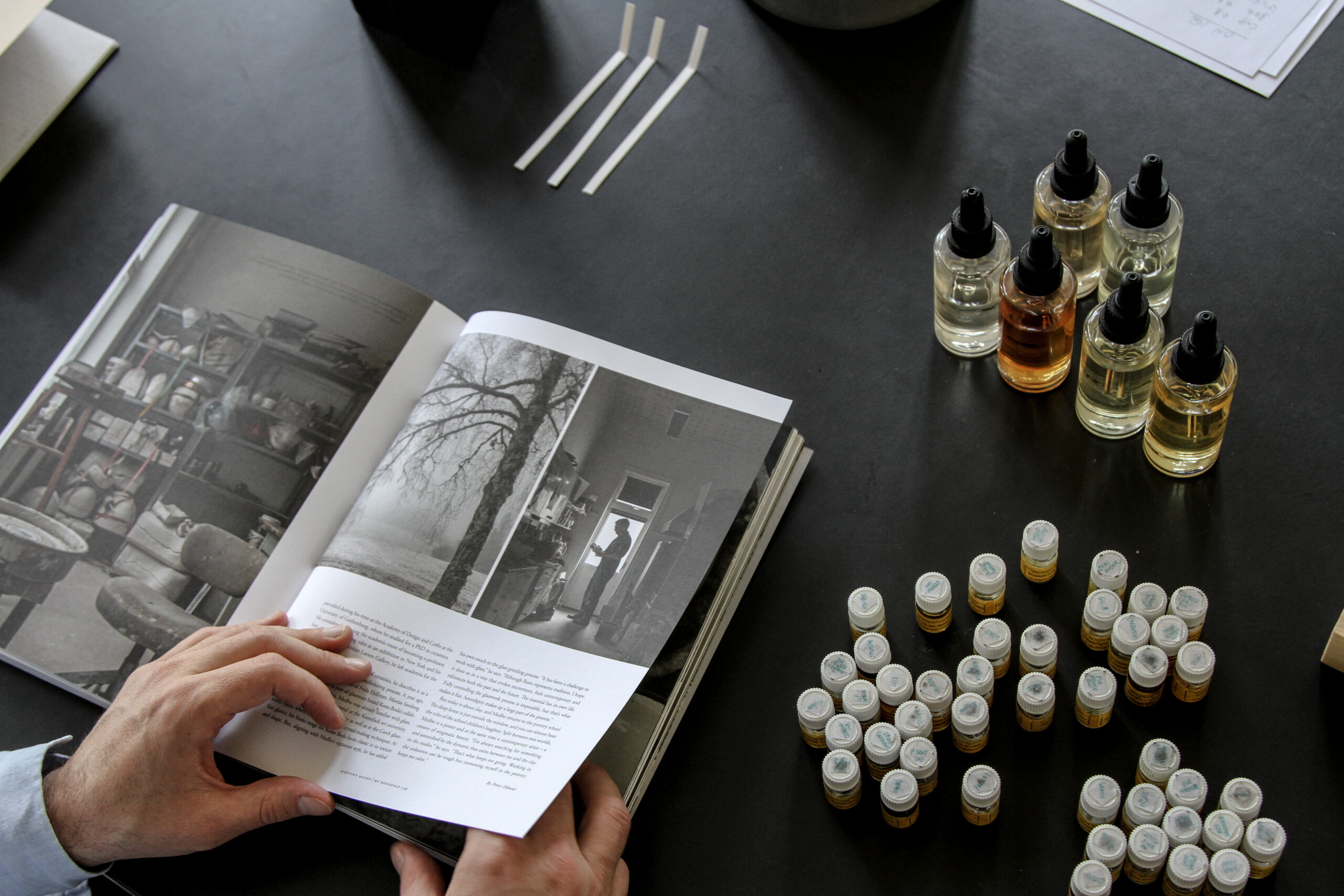
Famed Italian furniture brand Zanotta, which is marking 70 years in the industry, has always championed ideas, creativity and research. Its visionary founder was one of the first to produce pieces by the likes of Joe Colombo, Achille and Pier Giacomo Castiglioni, Ettore Sottsass and Carlo Mollino. Today, the brand continues to nurture design talent at home and abroad
Visitors to Zanotta’s flagship store on Milan’s Via Durini step into a vibrant world of contrasting hues conjured by local design studio Calvi Brambilla. Founders Fabio Calvi and Paolo Brambilla, who also serve as creative directors for the furniture brand, imagined the two-storey, 500-square-metre showroom, unveiled during the 2024 edition of Salone del Mobile, as a symbol of Zanotta’s commitment to radical Italian design.
“Our main inspiration came from the eccentric protagonists in Zanotta’s history,” says Brambilla. Bright orange dominates the space, which melds rough surfaces with smooth, polished ones, a dynamic backdrop for recent collections by the likes of London-based Philippe Malouin and Belgian duo Muller Van Severen in honour of Zanotta’s 70th anniversary. Malouin’s spherical, enamel-finished Ta.Ba.Ce. tables and Muller Van Severen’s pleated, matt-lacquered Z24 726 cupboards, for example, mingle with coveted re-editions of Zanotta classics from Italian luminaries such as Ugo La Pietra, Piero Bottoni and Alessandro Mendini.

Zanotta designs, whether Enzo Mari’s 1985 Tonietta chair that ambitiously embraced aluminium-dye casting, or Ludovica Serafini and Roberto Palomba’s expansive Pianoalto sofa from 2012 planted on graphite-painted steel feet, are at once timeless and daring, a combination that continues to entice. “More than ever there is a need for unconventional thinking. Zanotta offers a return to bold styles, saturated colours and geometric shapes, where the product is the true protagonist,” adds Brambilla.
Indeed, Zanotta has long been recognised as one of the pivotal characters in the rich, bright narrative chronicling Italian design. The late Aurelio Zanotta founded the company in 1954, initially centred on the production of upholstered chairs and sofas, “which reflected the trends of those years”, points out Luca Fuso, Zanotta’s CEO.

But the enterprising Zanotta viewed his business as more than a means of generating profit. Rather than turn out merely comfortable, durable furniture, he saw the potential of elevating these quality pieces and imbuing them with cultural meaning by partnering with notable Italian designers – and eventually international talents from nearly 20 different countries.
Such collaborations yielded icons like the amorphous Sacco chair (1968) filled with polystyrene pellets. Courtesy of Piero Gatti, Cesare Paolini and Franco Teodoro, the sack-like beanbag chair, as it was then dubbed, was “revolutionary, embodying the informal and playful spirit of the era”, explains Fuso. An emblem of late 1960s design, it also cemented Zanotta’s reputation for avant-garde furniture.

Although Zanotta’s roots were in the residential sphere, crossing over to commercial and office realms was an organic progression. This “broader spectrum of solution”, adds Fuso, challenged “traditional notions of furniture design, contributing to Zanotta’s growing influence in the global market”.
Among the industrial furnishings that transformed office environments was the Mezzadro stool conceived by Achille and Pier Giacomo Castiglioni in 1957, marked by the fusion of a tractor seat and steel tripod. Superstudio’s sleek Quaderna table from 1970, swathed in a chequered print laminate, is another highlight because its “minimalist form encouraged creative arrangements in workspace layouts”, says Fuso. “However, Zanotta’s impact on offices is more about the distinctive character the products bring than technical specifications.”

One eye-catching example is the folding Sciangai coat rack that Jonathan De Pas, Donato D’Urbino and Paolo Lomazzi designed in 1973. Its purpose was utilitarian, but the stand’s array of rods reinterpreting a Chinese wooden stick game elicited a surprising splash of exuberance in what was then a typically staid setting.
In 2023, Zanotta was acquired by Cassina and became part of the Haworth Lifestyle Design group, but it remains operationally autonomous as it glides into the future. Consistently working with designers on a diverse range of products has driven Zanotta to experiment with new materials while upholding its traditional values of simplicity and craftsmanship.

Looking ahead, sustainability will become even more important. Eco-friendly practices are already integral to its development and manufacturing processes, spawning such new creations as the Za:Za Max, Venice-based studio Zaven’s updated version of a 2022 sofa for Zanotta that pairs modular components and cushions stuffed with regenerated and regenerable polyester balls.
As Zanotta expands its global reach, it will continue to partake in a “dialogue on modern living, shaping the aesthetics and functionality of contemporary interiors”, says Fuso. Visionary, multidisciplinary designers are instrumental to Zanotta’s identity. Even back in the 1950s, Aurelio Zanotta had the foresight to reach out to like-minded personalities because they could “bring fresh perspectives and creativity, enabling Zanotta to stand out in the competitive furniture market”, adds Fuso.
This brazen idea, aligned with the mid-20th century reverence for well-made, accessible furniture, is increasingly seen as an essential element of everyday life. “In essence,” says Fuso, “Zanotta’s journey over the decades can be characterised by its evolution from a pioneering manufacturer to a leader in innovative design.”
Images by Zanotta
Enjoyed this article? Subscribe to our weekly newsletter here






















